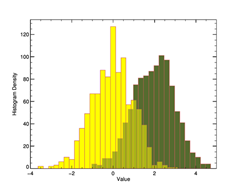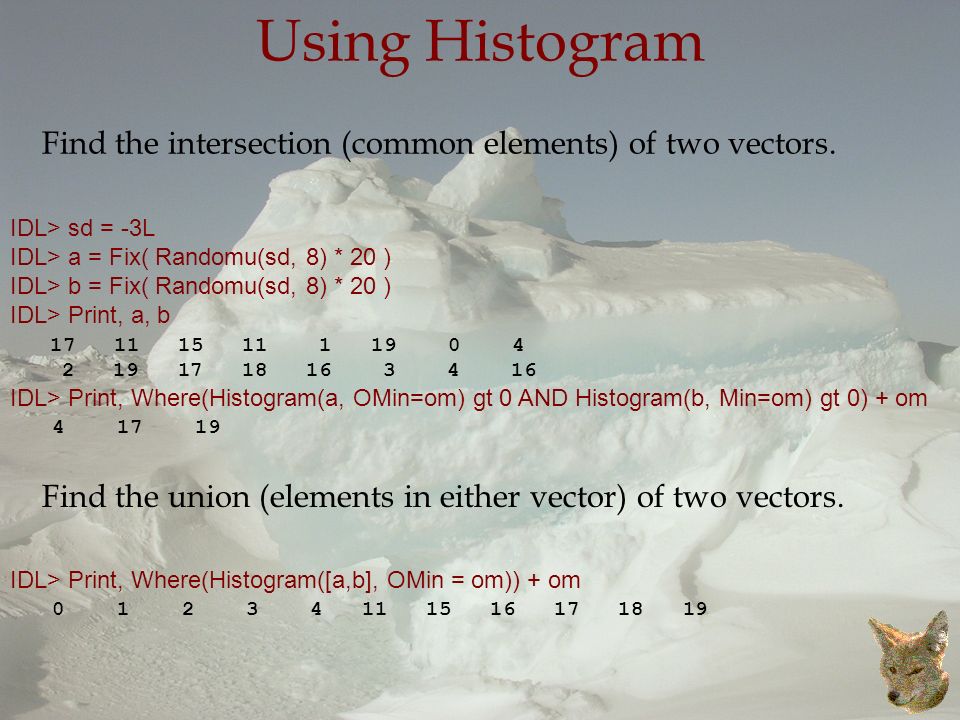

The example is categorizing mean education level per house which was originally measured by numeric values ranged from 0 until 19, perform data binning to place each value into one bucket if the value falls into the interval that the bucket covers. The cut function: Categorizing Continuous Values into Groups Read online documentation for this feature.

Just like a regular bar plot, all the plot attributes are customizable, including color, line widths, data range, and more. Supply an array of data points to Histogram.vi and the Toolkit does the rest. The second one uses the data manipulation functions in the dplyr package. Generate a histogram plot in a single step. This post shows two examples of data binning in R and plot the bins in a bar chart as well. For instance, the 5-point Likert data can be converted into categories with 4 and 5 being “High”, 3 being “Medium”, and 1 and 2 being “Low”. The intervals can be set to either equal-width or varying-width. where a $90%$ grade or better is an A, 80–89% is B, etc. An example of this is the grading system in the U.S. The X histogram shows a dip in the middle, a possible sign of pixel biasing, although this isnt there in Y, which is a hopeful sign.
Idl histogram license#
An IDL license is not required, however almost all of the functionality of visrock (with very few.
Idl histogram mod#
Let Hv result of histogram function, an integer vector. IDL> plothist,f(0,) mod 1,charsize2 top IDL> plothist,f(2,) mod 1,charsize2 bottom The top histogram is the fractional part of the X positions of the particles, the middle is Y, and the bottom is Z. .correlation functions, histogram calculations etc.). All of the plotting programs should behave correctly if you give either the standard POSITION. I am still updating these programs as needed.

Aside from the files listed, no extra downloads are needed. Below is the 'money plot' (the temperature 2D histogram which shows amplitudes the bright versus dim correlation function) with histograms on the side of either axis. These programs use a 'PANEL' package, which is included within the program code. In the simplest case, the density function, at subscript i, is the number of Array elements in the argument with a value of i. The 1D histograms contain lots of useful information, including how significant our clustering detection is in each bin. Grouping by a range of values is referred to as data binning or bucketing in data science, i.e., categorizing a number of continuous values into a smaller number of bins (buckets). The HISTOGRAM function computes the density function of Array. We can group values by a range of values, by percentiles and by data clustering. When we want to study patterns collectively rather than individually, individual values need to be categorized into a number of groups beforehand. Data binning is a basic skill that a knowledge worker or data scientist must have.


 0 kommentar(er)
0 kommentar(er)
